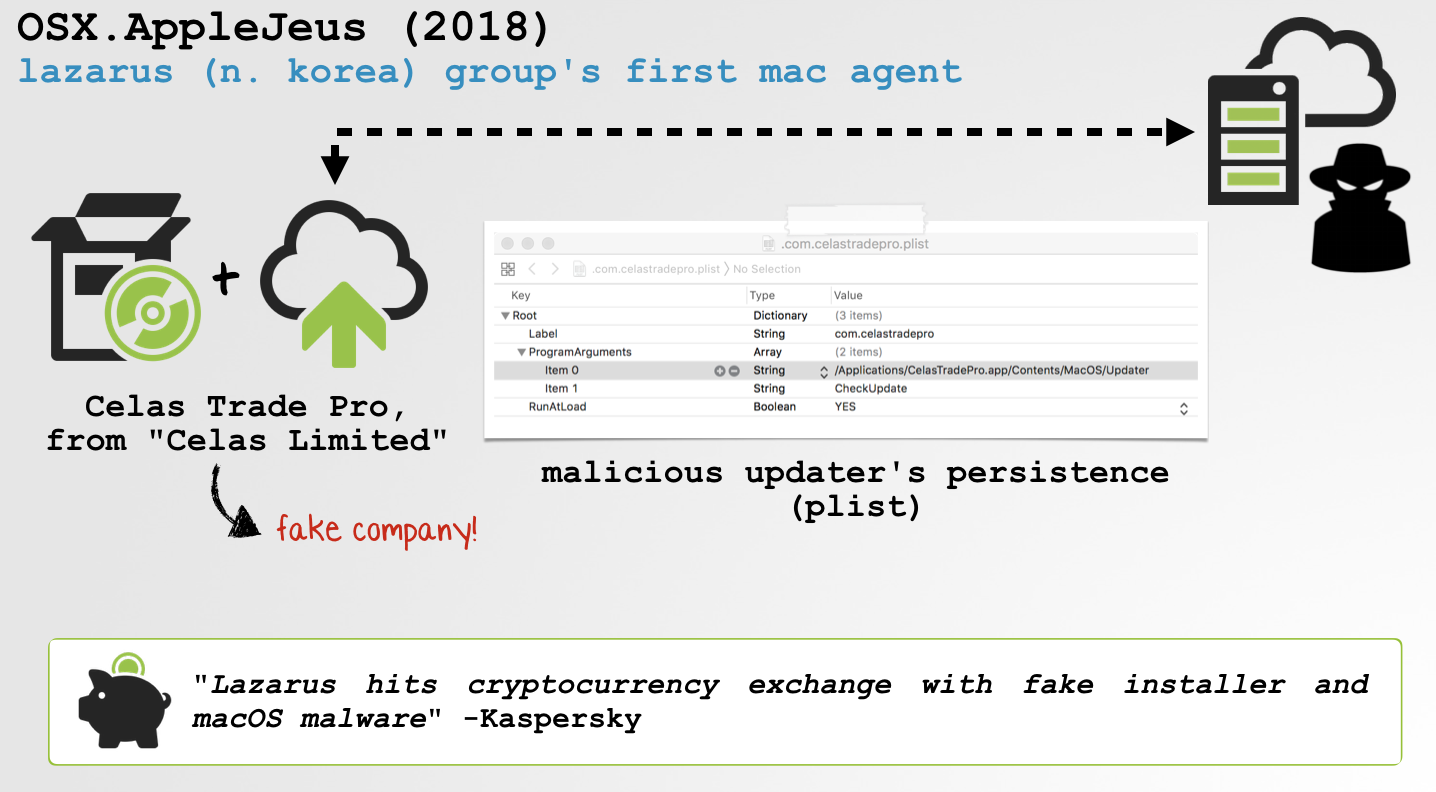Supply Dropper Mac OS
- Trojan.MacOS.Dropper is a generic name for the dropper components of trojans. The purpose of a trojan is to infect the victim’s system without getting detected or raise any suspicion. Once it achieves that, there are various functions the trojan can have: Exfiltrate data (passwords, contacts, etc.).
- Apple Computer Power Supply Category. In this section you’ll find original Mac power supply for all Apple computer systems. DV Warehouse Mac power supply section is your complete source to find listing of all available Apple power supplies on the various Apple computer models. All Apple power supply carry a 90-Day warranty. Please browse around and let us know if you need assistance in.
- Unpacking the Embedded Installer.app. Line 3 of the script is perhaps the most interesting. It’s not the first time we’ve seen the POSIX built-in LINENO variable used in these kind of installer scripts, but it is the first time we’ve come across the use of the funzip utility. The LINENO+4 code simply moves the reference to line 7 (current line +4) of the script – the beginning of the.

(2020, December 13). Highly Evasive Attacker Leverages SolarWinds Supply Chain to Compromise Multiple Global Victims With SUNBURST Backdoor. Retrieved January 4, 2021. (2020, December 18). Analyzing Solorigate, the compromised DLL file that started a sophisticated cyberattack, and how Microsoft Defender helps protect customers.
Symptoms
Symptoms such as these could mean that a device connected to the USB-A , USB-C , or Thunderbolt 3 (USB-C) port on your Mac isn't getting enough power:
- A message says that the device needs more power, the operation can't be completed, or USB devices are disabled until you unplug the device using too much power.
- An operation that requires more power doesn't work. For example, writing to disk requires more power than reading from it.
- The device doesn't turn on or isn't recognized by your Mac.
Solutions
- Use your device as a self-powered device or connect it to a powered USB or Thunderbolt 3 (USB-C) hub if possible.
Self-powered devices get power from an electrical outlet or their own battery. Bus-powered devices get power from the device they're plugged into, such as your Mac. - Reduce the total amount of power needed from your Mac by reducing the number of bus-powered devices connected to your Mac, or using more of them as self-powered devices.
- If your device is plugged into another device (such as a display or multiport adapter) as part of a chain of devices, the other device might not be providing enough power or passing through enough power from your Mac. Plug your device directly into your Mac instead.
- Make sure that the port on your Mac and the cable you're using to connect it to your device both support the same or later USB specification as your device. For example, a device designed to support the USB 3 specification might not get enough power when plugged into a USB 2 port or cable.
- Try a different cable, in case the cable that you're using is damaged or defective. If you're using an adapter with your cable, the adapter could also be damaged or defective.
- If your Mac has multiple Thunderbolt 3 ports, connect your device to a Thunderbolt 3 port farthest away from the current port. For example, if your device is connected to the ports on the left side of MacBook Pro, connect to the Thunderbolt 3 ports on the right side.
- If your device has software (such as drivers or firmware) that can be updated, make sure that it's using the latest software from the manufacturer. To get firmware updates for Apple accessories, update your Apple software.
- Make sure that your Mac is awake and started up from the Mac operating system. Some Apple devices can request extra power only when your Mac is awake or started up from macOS.
Learn more about USB power on your Mac
System Information provides additional detail about USB power on your Mac. Connect the USB device directly to your Mac, then select USB from the sidebar in System Information. For each USB device, System Information shows:
- Current Available: The default power provided by the port to which your device is connected.
- Current Required: The power needed by your device.
- Extra Operating Current: Mac computers and Apple displays introduced after 2006, when directly connected to certain Apple devices such as iPhone or iPad, can provide extra power over one or more ports. The Mac or display must be powered on and awake to provide this extra power. A Mac started from the Windows operating system doesn't provide extra power.

Supply Dropper Mac Os X
Learn more about the power available under each USB specification, such as USB 2 and USB 3.